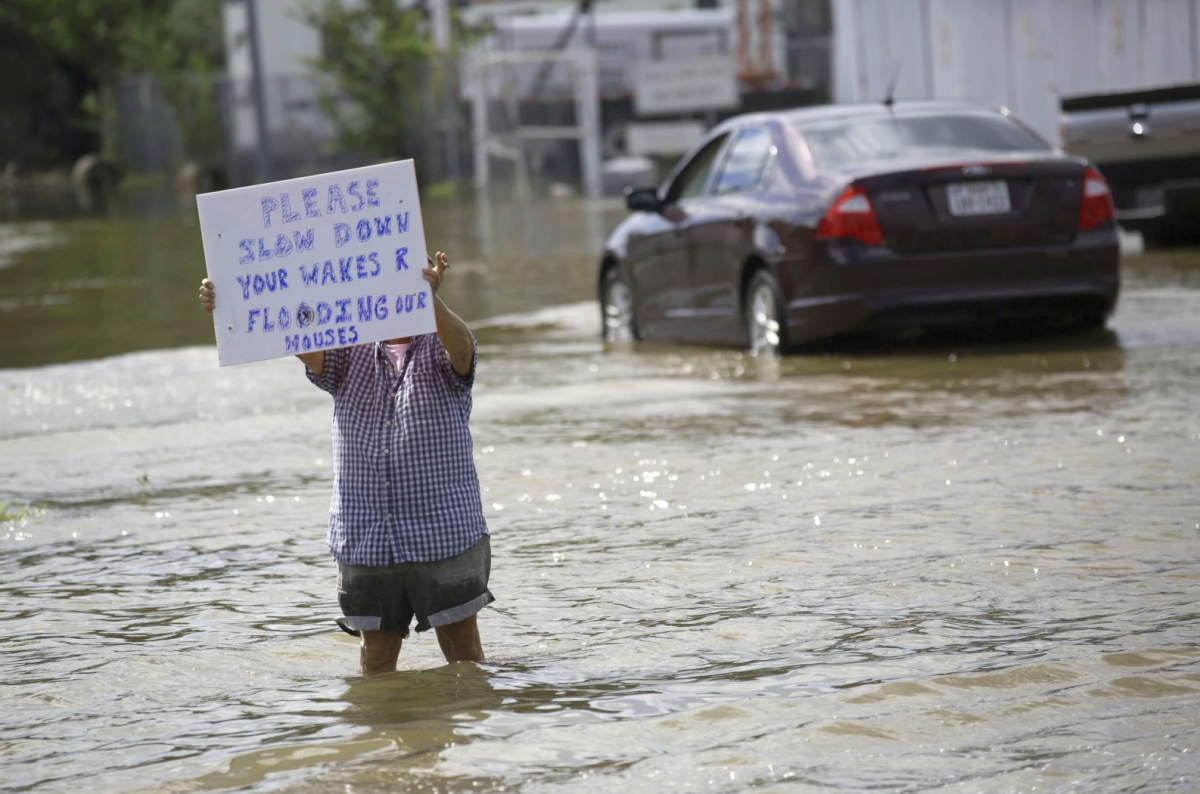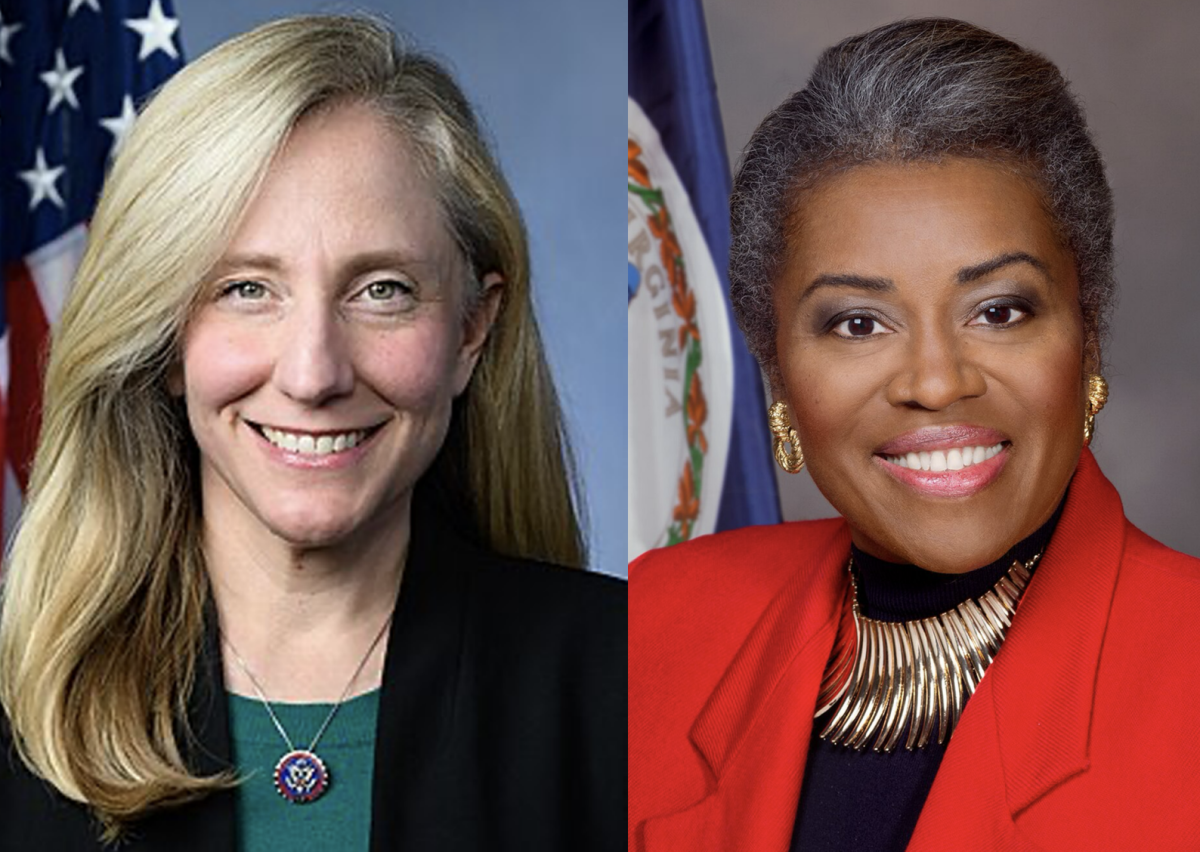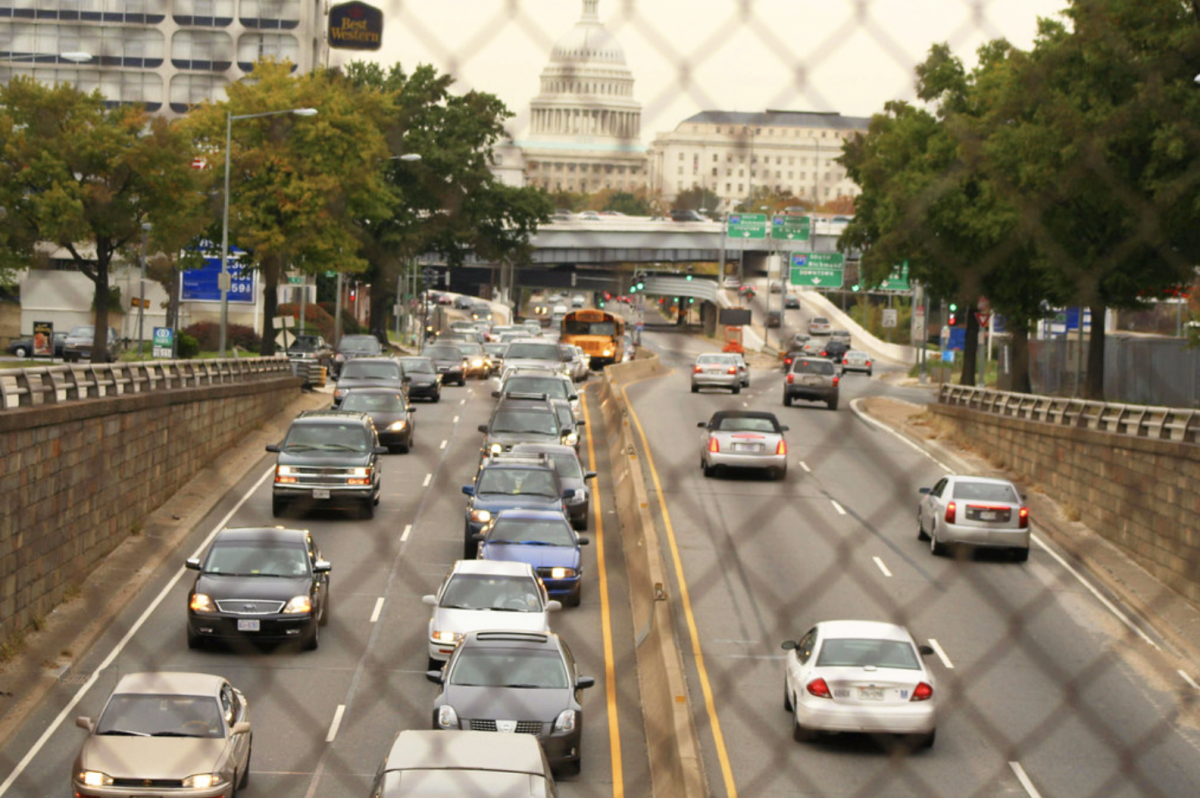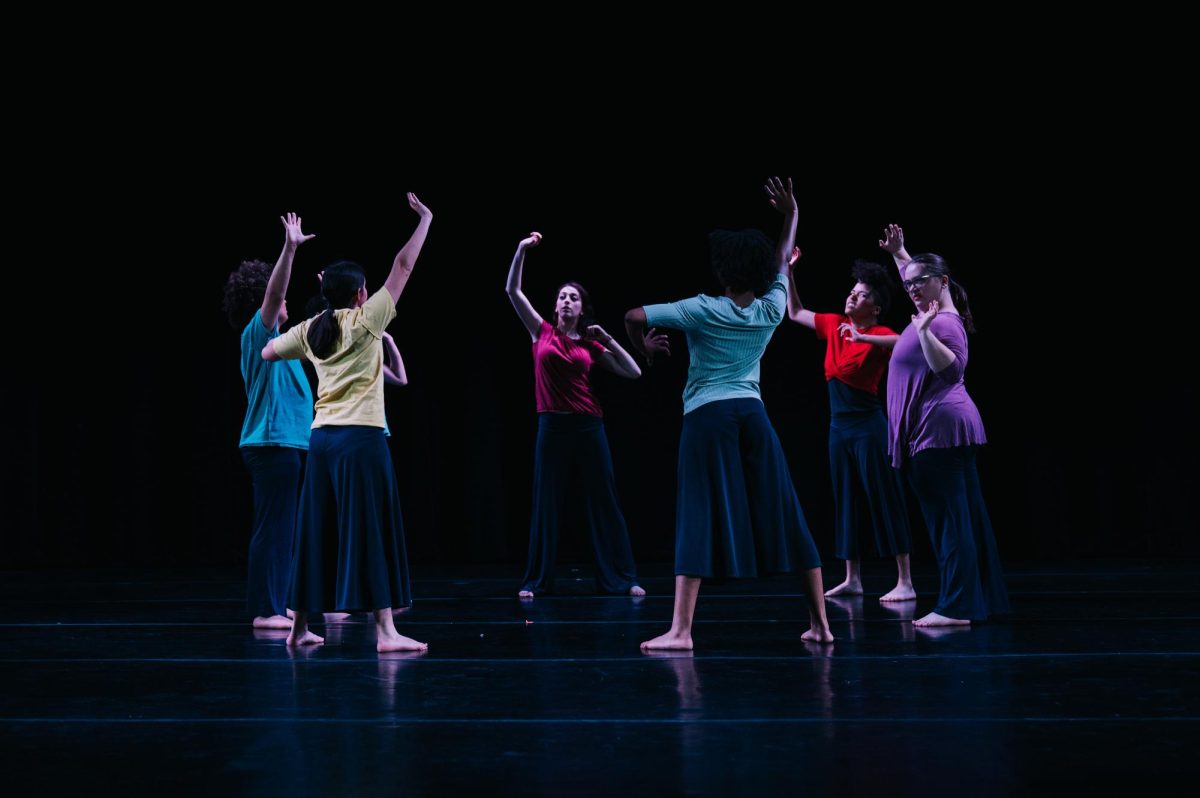Dress codes have been instituted in many schools across the United States for years. They are designed to create a safe, focused learning environment with equality among students; however, they often have the opposite effect.
In 2022, the Government Accountability Office found that nearly 93% of American schools have a dress code. Half of those schools enforce a strict dress code, and about 20% enforce uniforms. Certain aspects of dress codes are helpful, but many prove harmful to the student population.
Banning profanity and nudity is an obvious necessity. However, many dress codes also ban spaghetti straps, shorts, leggings, hairstyles and religious clothing. Overall, enforcing dress codes in schools hinders students’ learning and comfort, instead reinforcing harmful stereotypes and stifling diversity.
Banning certain hairstyles through dress codes can disproportionately affect students of color, which negatively impacts self-esteem and sense of identity while reaffirming inequities. A 2021 study by the National Education Association found that 67% of Black students reported feeling discriminated against due to their hairstyles, highlighting how these policies can perpetuate racial bias. Such restrictions not only undermine students’ cultural expressions but also create an environment where conformity is prioritized over individuality, hindering educational experience and well-being.
Additionally, dress codes often target female students more than male ones. They impose strict regulations on women’s clothing that can lead to body shaming, sexualization of girls’ bodies and a focus on appearance rather than learning. By enforcing rules that dictate what girls can wear, schools send a message that their bodies are distracting or inappropriate, which can diminish self-esteem and reinforce harmful stereotypes in the 21st century. A study by the American Civil Liberties Union found that 54% of girls reported feeling uncomfortable or self-conscious about their bodies due to dress code policies. This focus on attire can shift attention away from academic performance, creating an environment where young women feel judged primarily for their appearance rather than their intellectual abilities.
Lastly, religious students are impacted by dress codes imposing restrictions on cultural or religious wear. Policies that ban head coverings, turbans or other specific garments can force students to choose between fitting in with their peers or adhering to their beliefs. In 2023, France banned the abaya, a loose-fitting garment worn by Muslims, in schools. Such dress codes derail inclusivity and diversity and create a hostile environment for students who wish to express their faith.
While dress codes aim to create a focused learning environment, they actually reinforce inequities and hinder individuality. They disproportionately affect female students and students of color by fostering body shaming and diverting attention away from academics. Additionally, restrictions on religion damage inclusivity and alienate students from their cultural identity. To create a truly positive learning environment for students, schools must reevaluate their dress codes and use them as tools for unity rather than division, remembering first and foremost that they are spaces for educational thriving.










































